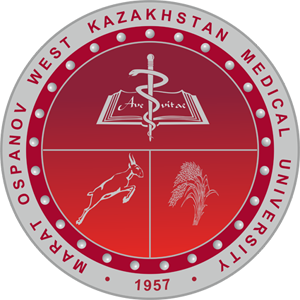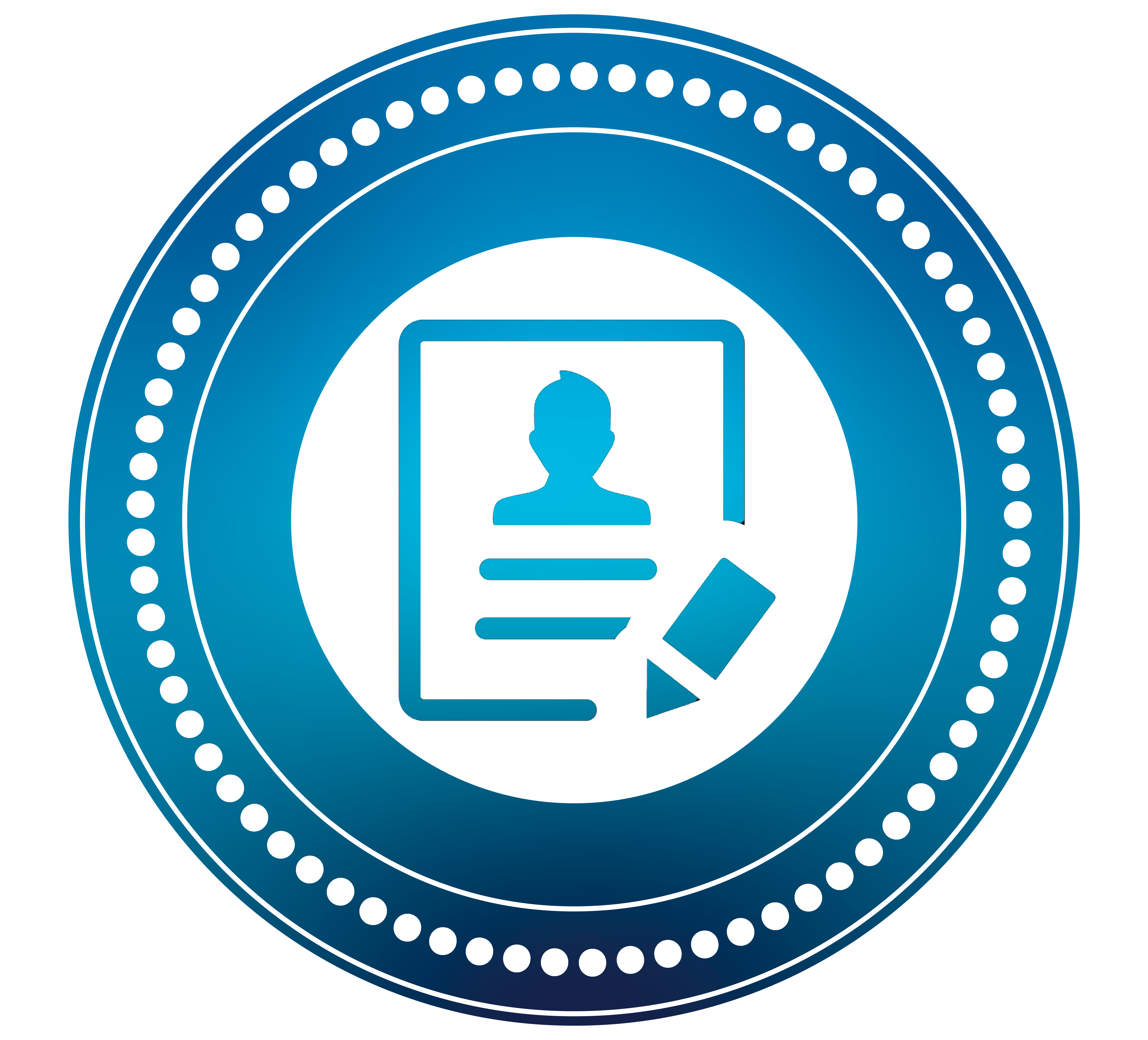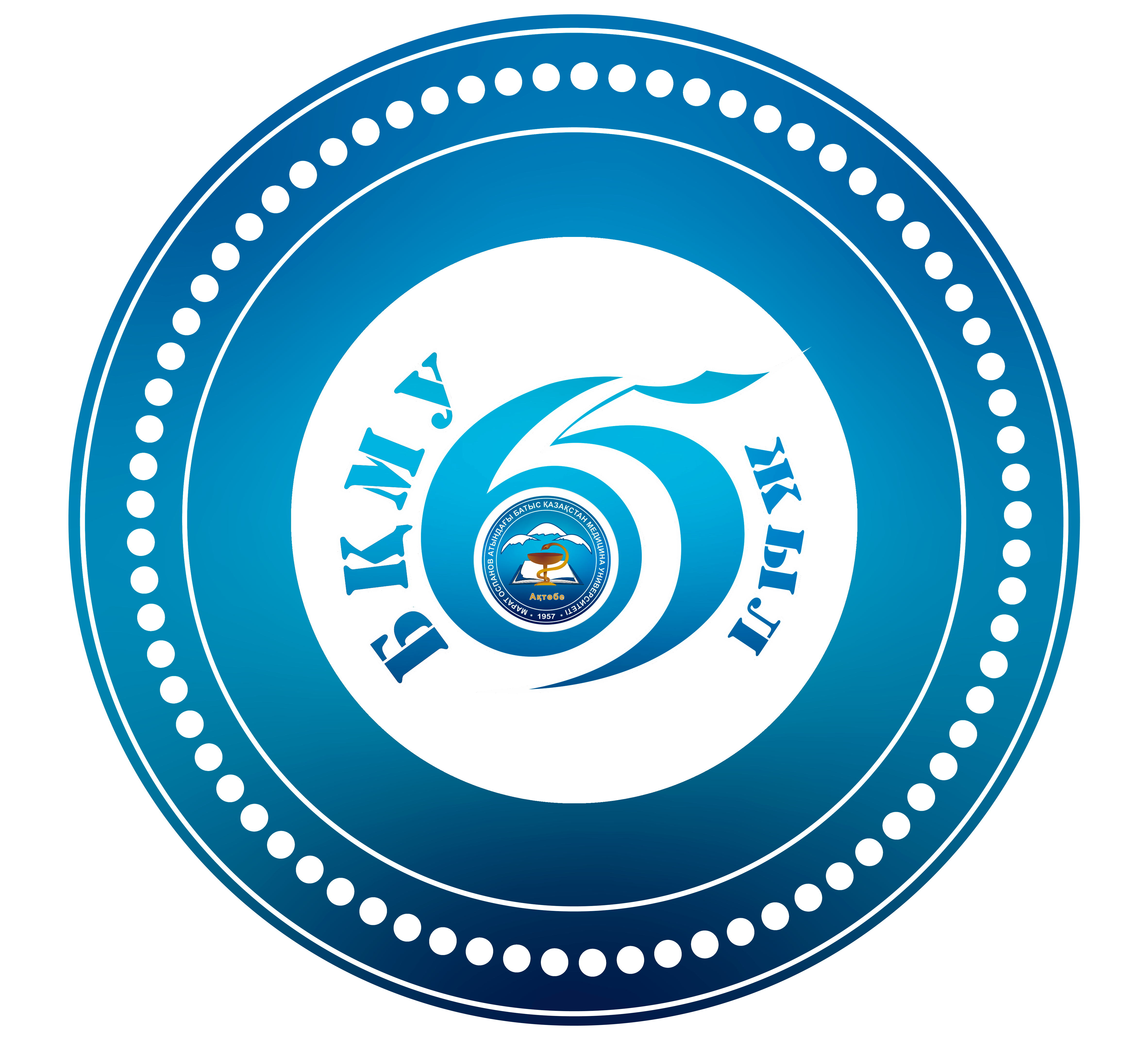|
Scope of application |
monitoring the condition of patients, diagnosing and taking measures to prevent diseases, maintaining the ability to receive medical care for those living in remote areas, informing patients about treatment online, a database management system that collects all the necessary information about patients, automating the preparation of prescriptions, appointments, sick leaves and other documents for patients |
|
Code and name of the educational program |
6B06106-IT medicine |
|
Regulatory framework |
1. Law of the Republic of Kazakhstan “On Education” dated June 27, 2007 No. 319-III (with amendments and additions dated February 23, 2024 No. 64-VIIІ). 2. “Rules for organizing the educational process using credit technology of education” (Order of the Minister of Education and Science of the Republic of Kazakhstan dated April 20, 2011 No. 152 (with amendments and additions dated April 5, 2023 No. 145). 3. State compulsory standard of higher and postgraduate education. Order of the Ministry of Science and Higher Education of the Republic of Kazakhstan (hereinafter MHE RK) dated July 20, 2022 No. 2 (with amendments and additions dated February 20, 2023 No. 66). 4. Classifier of areas of training personnel with higher and postgraduate education (Order of the Minister of Education and Science of the Republic of Kazakhstan dated October 13, 2018 No. 569). (as amended and supplemented on May 16, 2023 No. 218). 5. Standard rules for the activities of educational organizations implementing educational programs of higher and (or) postgraduate education (Order of the Minister of Education and Science of the Republic of Kazakhstan dated October 30, 2018 No. 595. (with amendments and additions dated October 12, 2023 No. 526). 6. Standard curricula for the cycle of general educational disciplines for organizations of higher and (or) postgraduate education (Order of the Minister of Education and Science of the Republic of Kazakhstan dated October 31, 2018 No. 603). (with amendments and additions dated July 13, 2023 No. 314). 7. On approval of methodological recommendations for the implementation of ECTS principles in the educational process and expansion of academic freedom. Order of the Minister of Science and Higher Education of the Republic of Kazakhstan dated February 12, 2024 No. 57. 8. Coding system for academic disciplines of higher and postgraduate education. State Educational Standard of the Republic of Kazakhstan 5.05.001-2005. 9. Methodological recommendations for organizing and conducting pedagogical practice for students in the field of education “Pedagogical Sciences” (Order of the Ministry of Higher Education of the Republic of Kazakhstan dated March 27, 2023 No. 125. 10. Regulation on the organization and conduct of professional practice and the definition of organizations as practice bases (Minutes No. 5 dated November 30, 2022). 11. Regulation on the construction of a modular educational program (Minutes No. 53 dated November 11, 2022). 12. Regulation on the introduction of multilingual education (Minutes No. 5 dated November 30, 2022). 13. Code of Academic Integrity for Students, Teachers and Employees of the K. Zhubanov ARU (decision of the Academic Council, minutes No. 13 dated August 12, 2020). 14. Professional standard “Development software”. // Updated No. 222 of 05.12.2022 15. Professional standard “Software Maintenance” // Updated No. 222 of 05.12.2022 16. Professional standard “Database Administration” // Updated No. 222 of 05.12.2022 17. Professional standard “System and Network Administration” // Updated No. 222 of 05.12.2022 |
|
Map of the training profile within the educational program |
|
|
The purpose of the EP |
training of specialists with skills in developing software in the field of healthcare and provision of medical services |
|
Qualification characteristics of a graduate |
|
|
Degree awarded |
Bachelor of Science in Information and Communications Technology in the educational program 6B06106 – IT Medicine |
|
List of specialist positions |
– a specialist who combines competencies in three areas of knowledge: information technology, medicine, statistics and data analysis. IT doctors work with big data, analyze and systematize medical information. Making a correct diagnosis is based on the analysis of a huge amount of data accumulated during the diagnosis and treatment of millions of patients. An IT specialist in medicine must be able not only to analyze this data, but also to create algorithms and programs that will allow artificial intelligence to achieve not only an accurate diagnosis, but also ensure optimal prevention and treatment of the patient. |
|
Field of professional activity |
– scientific laboratories, research centers of large medical companies; technical support of computer equipment of hospitals, clinics and their databases, systematization and analysis of all incoming information about patients according to nosological and other characteristics, medical administration systems, hospital medical information systems, search systems, diagnostic research accounting systems, telemedia systems, etc. |
|
Functions and types of educational activities |
– Bachelors in information and communication technologies under the educational program 6B06106 – IT medicine can perform the following types of professional activities: a) design and engineering activities; b) production and technological activities; c) experimental research activities; d) organizational and managerial activities; d) operational activities. Functions of professional activities – Processing of text medical documents. – Mathematical modeling in medicine (number processing technologies). – Creation of and work with information systems (data processing technologies). – Creation of multimedia products (multimedia technologies). – Use of Internet services in the practice of a medical worker (network technologies). – Maintenance of an electronic database of patients with a full history of requests and a list of medical services rendered with their detailed content, starting from the date of the first request. Fast contextual search of any information in the database. – Management of electronic queues and electronic appointments with specialists. – Use of electronic automated preparation of appointments, prescriptions, extracts, sick leaves and other standardized documents for patients. – Creation of unified information networks, from local (within the clinic) to large-scale global ones. – Use of the Internet, access to the latest medical information, establish professional connections with colleagues, exchange experiences. |



 Marat Ospanov West Kazakhstan Medical University
Marat Ospanov West Kazakhstan Medical University




